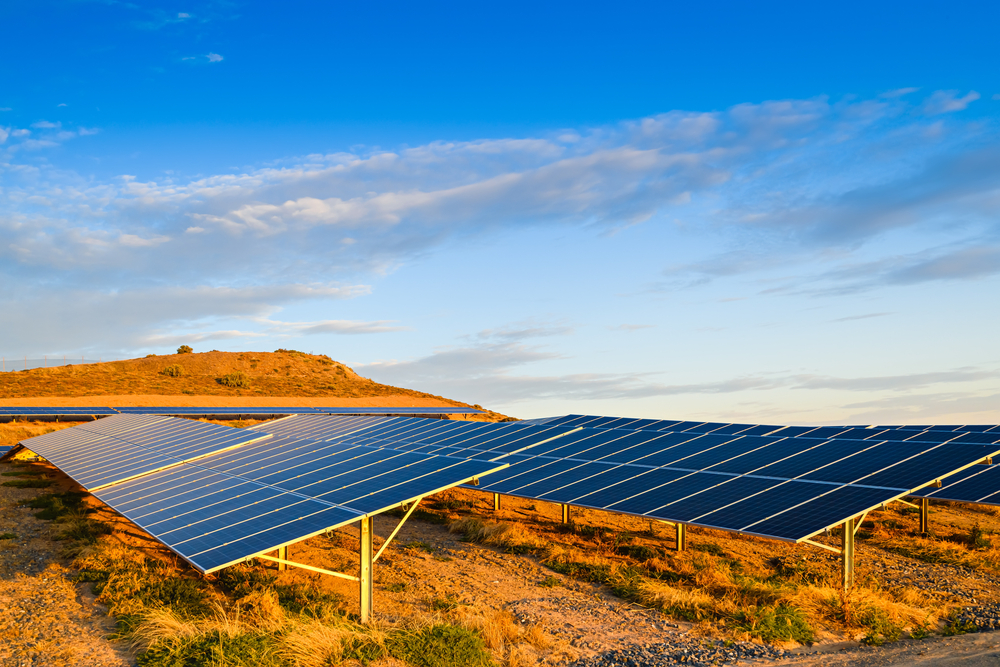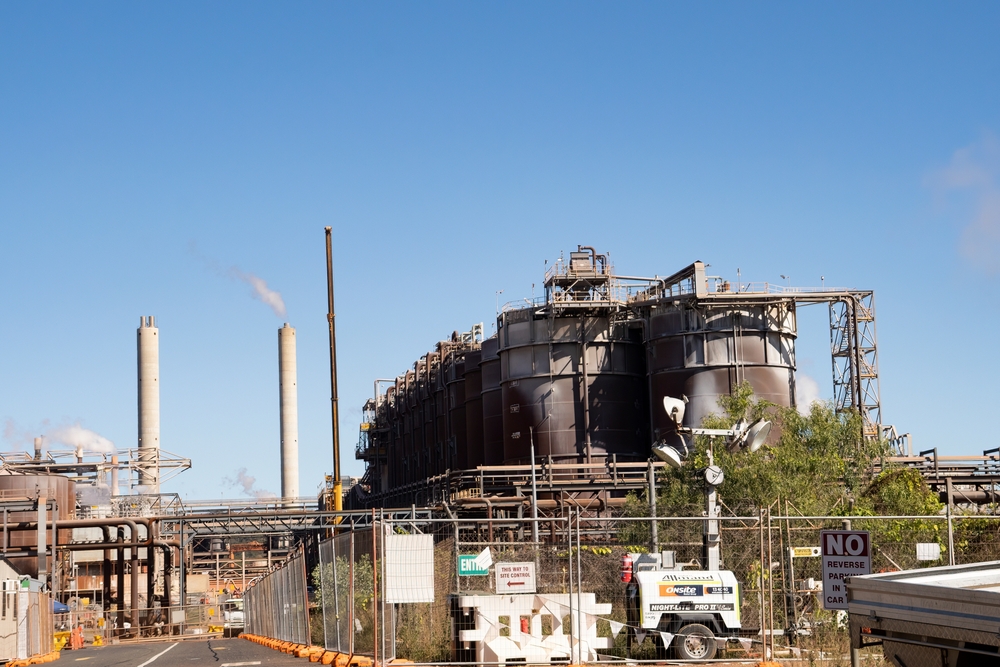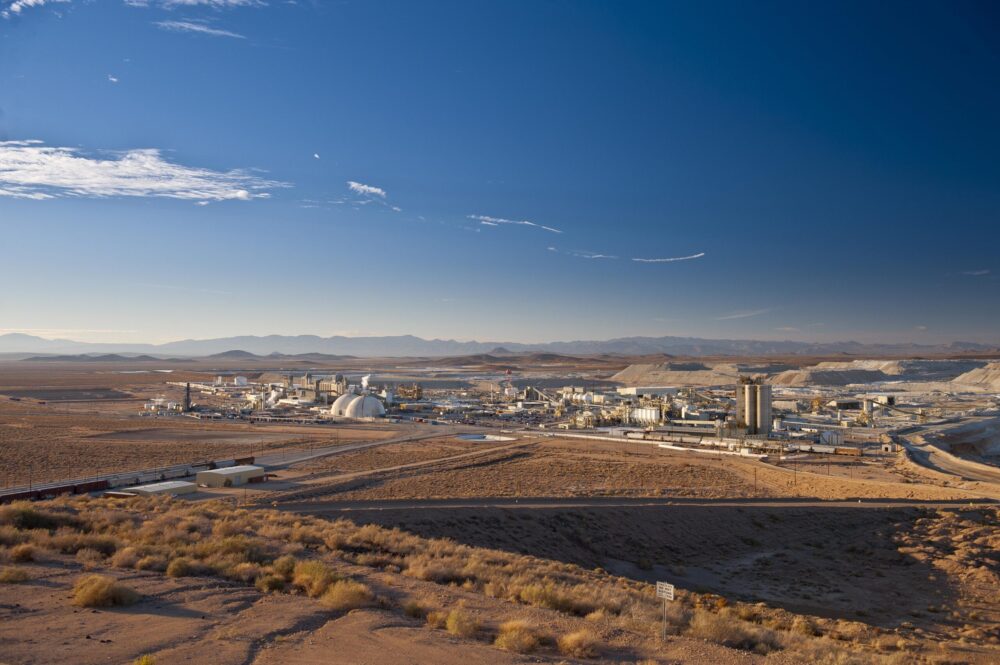
Rio Tinto has opened the Gudai-Darri project in Western Australia, the company’s most technologically advanced iron ore mine in the Pilbara.
Since development began in April 2019, 14 million work hours have culminated in the delivery of Rio Tinto’s 17th iron ore mine, which has a capacity of 43 million tonnes per annum.
Gudai-Darri features some of the most advanced cutting-edge technology, including a robotic ore sampling laboratory which provides visibility of the ore grades out of the mine within minutes.
There are autonomous trucks, trains and drills, which are standard across many of Rio Tinto’s Pilbara mines, and a digital replica of the processing plant which allows teams to quickly test different situations digitally before implementing.
With an expected mine life of more than 40 years, Gudai-Darri expects to increase iron ore production volumes from the second half of this year and reach capacity in 2023.
Rio Tinto is building a 34 megawatt solar farm consisting of 83,000 solar panels that will power one-third of Gudai-Darri’s electricity needs, with completion expected in August 2022.
The iron ore miner also has plans to develop a one gigawatt solar and wind power operation in the Pilbara, which could be seven times bigger than Western Australia’s largest solar farm.
Mines and Petroleum and Energy Minister Bill Johnston said he is impressed by Rio Tinto’s innovation and sustainability – saying the mine is a prototype of the mine of the future.
“Once the new solar farm is complete, it will be able to power one-third of Gudai-Darri’s operational needs with renewable energy.
“This will reduce carbon dioxide emissions by 90,000 tonnes a year, which is the same amount produced by 6,000 Australian homes each year.”
Pilbara MLA Kevin Michel said Rio Tinto’s plans to use more renewables to support its operations at this newly opened mine is commended.
“The development and construction of these solar and wind projects will also support job opportunities and be a boost to the local Pilbara economy.”










